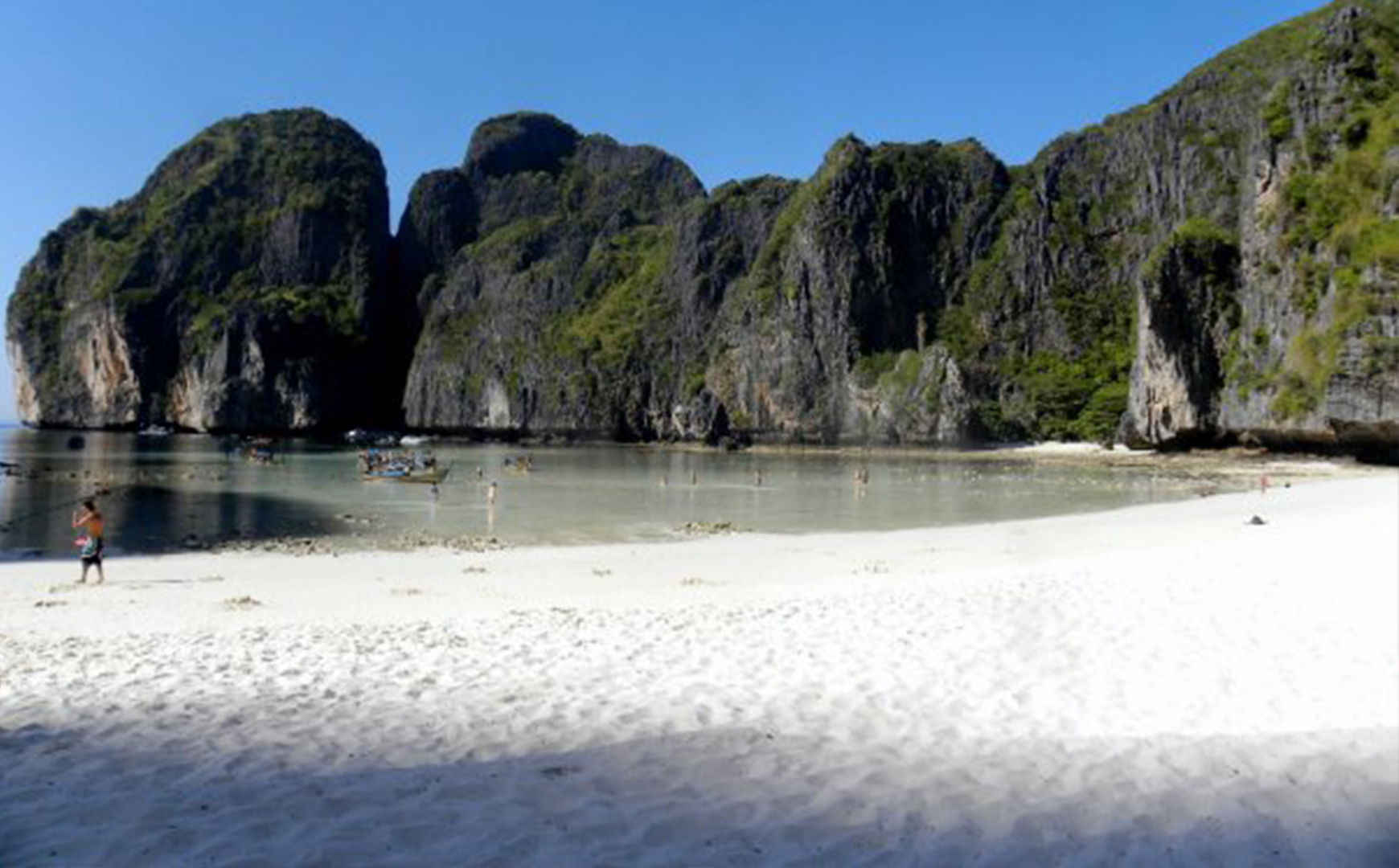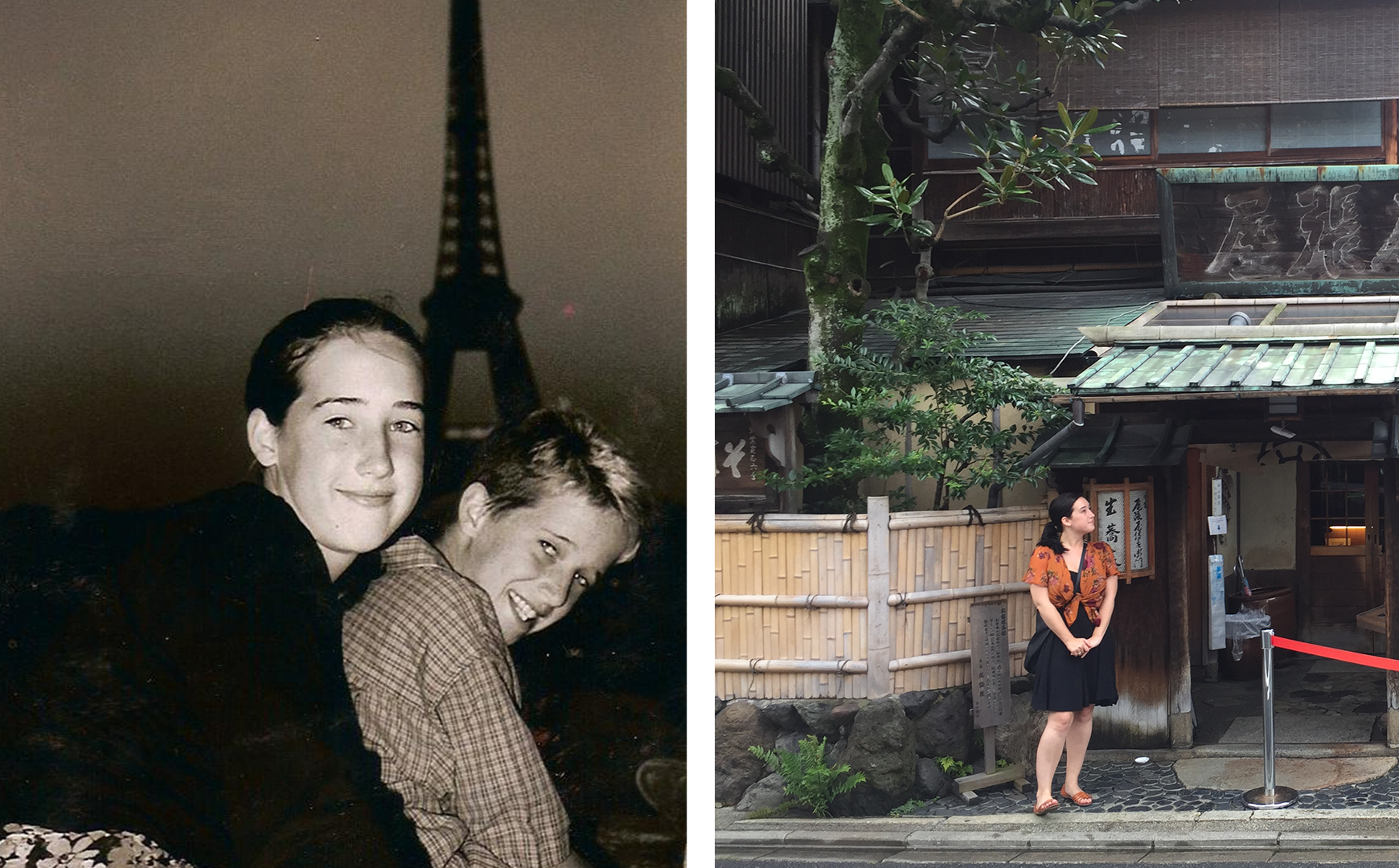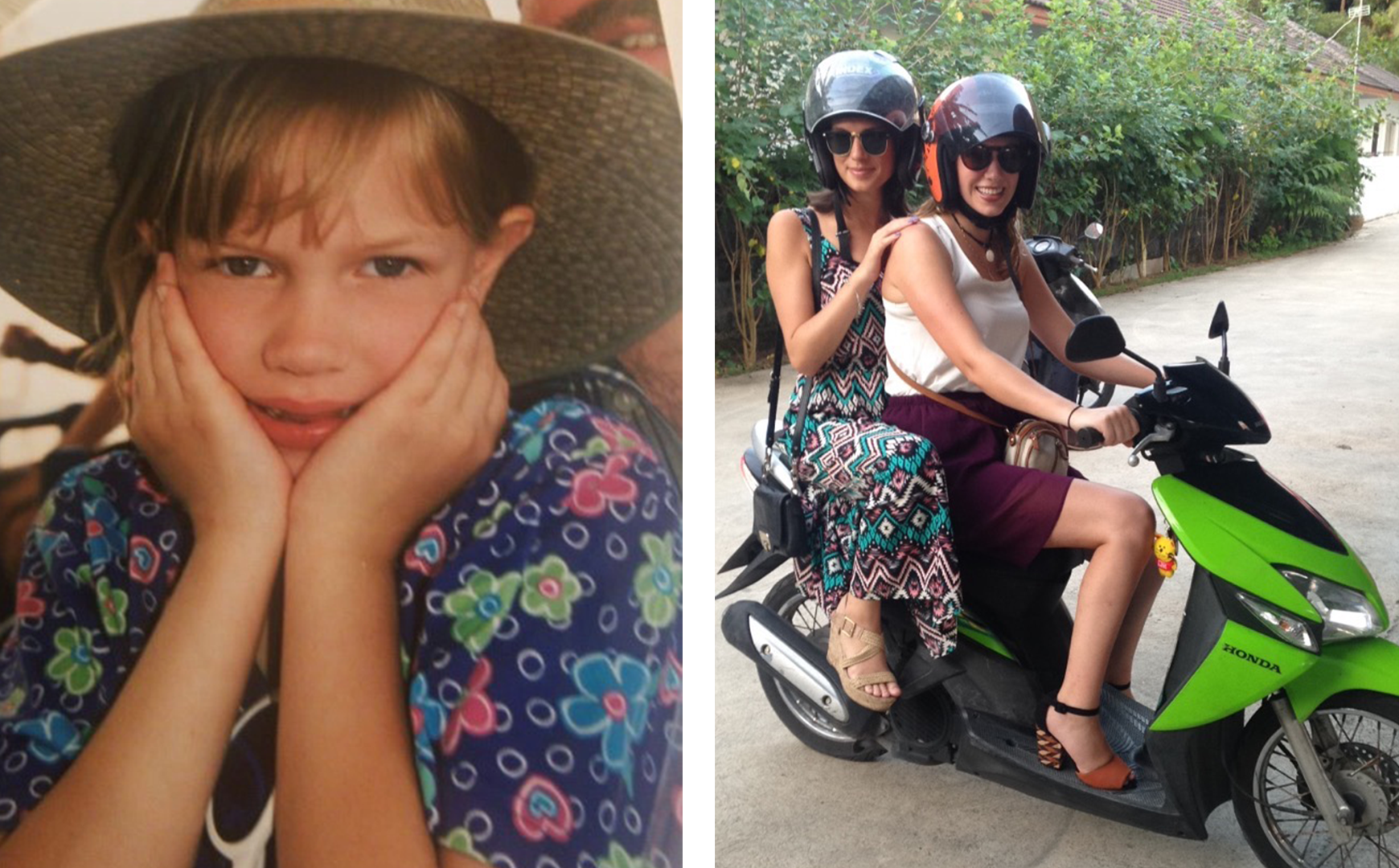As the new year approaches, many people have been comparing the turn of the century 20 years ago to what life is like now. We can’t help but join the bandwagon and throw the travel industry into the discussion. Because travel has changed. A lot.
Communication
It’s easy to stay connected to family and friends when you’re traveling. Sometimes it’s a little too easy, and travelers have a remember to put down their cell phones in order to take a step back and enjoy the present moment.
But in 2000, there was no WhatsApp, Skype, etc. Technically texting existed, but it was not widely used like it is now. International calls were expensive, whether from a landline or a cellphone.
It was possible to communicate, but there weren’t many reliable and cheap options. More often than not, traveling meant going off the grid. Postcards were more popular for its functional purpose. Imagine not seeing or speaking to someone for weeks except for a few sentences here and there.
Photos
Like texting, digital cameras existed, but they were not nearly as common as they are now. Most people still used film cameras. The cost of film rolls racked up, which means there was no trying over and over for that perfect shot. Plus, who wants to carry around a bunch of film rolls throughout the day? Taking a picture was a one and done deal, and you just had to hope it would turn out alright.
Overall, travelers took fewer photos, and they usually ended up in a photo album, not online. Social media hadn’t been invented yet. Heck, even the internet was in its infancy.

Social Media’s Impact
Social media definitely had the biggest impact on travel out of everything on this list. Instagram has made hidden gems not so hidden, which is both good and bad. It’s no secret that travelers are subconsciously or consciously influenced by social media and tend to choose their travel destinations based on the aesthetic.
On one hand, for some places, tourism is the main source of income and the exposure from social media has allowed the industry to flourish. But the Instagram-effect has also lead to devastating over-tourism in cities like Cinque Terre and spots like Roy’s Peak in New Zealand. Maya Bay, a beach in Thailand, became so overcrowded that it is now closed to visitors until it can recover.
It’s even gotten to the point where some tourism boards don’t even want their spots on Instagram and have asked travelers to lose the geotag when posting.
On a much less severe level however, social media has simply contributed to the misrepresentation of certain locations. For example, the Gates of Heaven in Bali looks like magic, but it’s actually just a camera trick.
On a positive note, social media has also connected travelers in ways that weren’t possible 20 years ago. People have been inspired by social media to explore places they wouldn’t have thought visit, meet other travelers and share experiences, and keep in touch with people on the other side of the world.

Accommodation
Airbnb was founded in 2008, which meant that 20 years ago hostels and hotels were a traveler’s home away from home. Booking your room was kind of a shot in the dark, as review sites like Yelp (which was founded in 2004) weren’t there to warn others of unpleasant experiences or scams.
Airbnb and similar companies completely changed that way travelers experience new cities. Instead of feeling like an outsider just passing through, living in a real apartment or home gives people a taste of what it would actually be like to be a local.
We have to mention that Airbnb is not without controversy, as it has contributing to rising rents and displacing locals. Some cities have banned it altogether.

Guides
We mentioned that not many people carried around cell phones, but even if they did, travelers couldn’t rely on apps as resources. No Google Maps, or any easy GPS system. Travelers needed to have a tangible map handy.
In 2000, buying a book full of information about a certain place was the peak of travel guidance. Now, people look to travel bloggers and vloggers to share their tips and resources. Travelers can find guides that fit their specific interest, instead of a book that was written to appeal to the masses.
9/11
We couldn’t finish the post without acknowledging the huge impact the events of 9/11 had on the way people fly to and from the United States. Thorough screenings and carry-on restrictions serve as an inconvenience for most travelers, but it is hard to remember a time when there was no TSA.
9/11 changed travel beyond the way people fly; it evoked mass scrutiny of international travel that we, as a society, are still recovering from. The ideologies that other countries are “dangerous” did not derive from 9/11, but it fed into already existing fears.
Overall, changes in the past 20 years have made traveling easier, safer, and more accessible than ever before.

Travel has really changed a lot, as our whole life has. Travelling has become easier, which is certainly a plus. But there’s also more fraud and risk.
When my parents and I used to travel, we were not afraid to ask people to look after our luggage or things on the beach. Now, unfortunately, I can’t ask strangers for help so easily. There’s no trust between people, in my opinion.